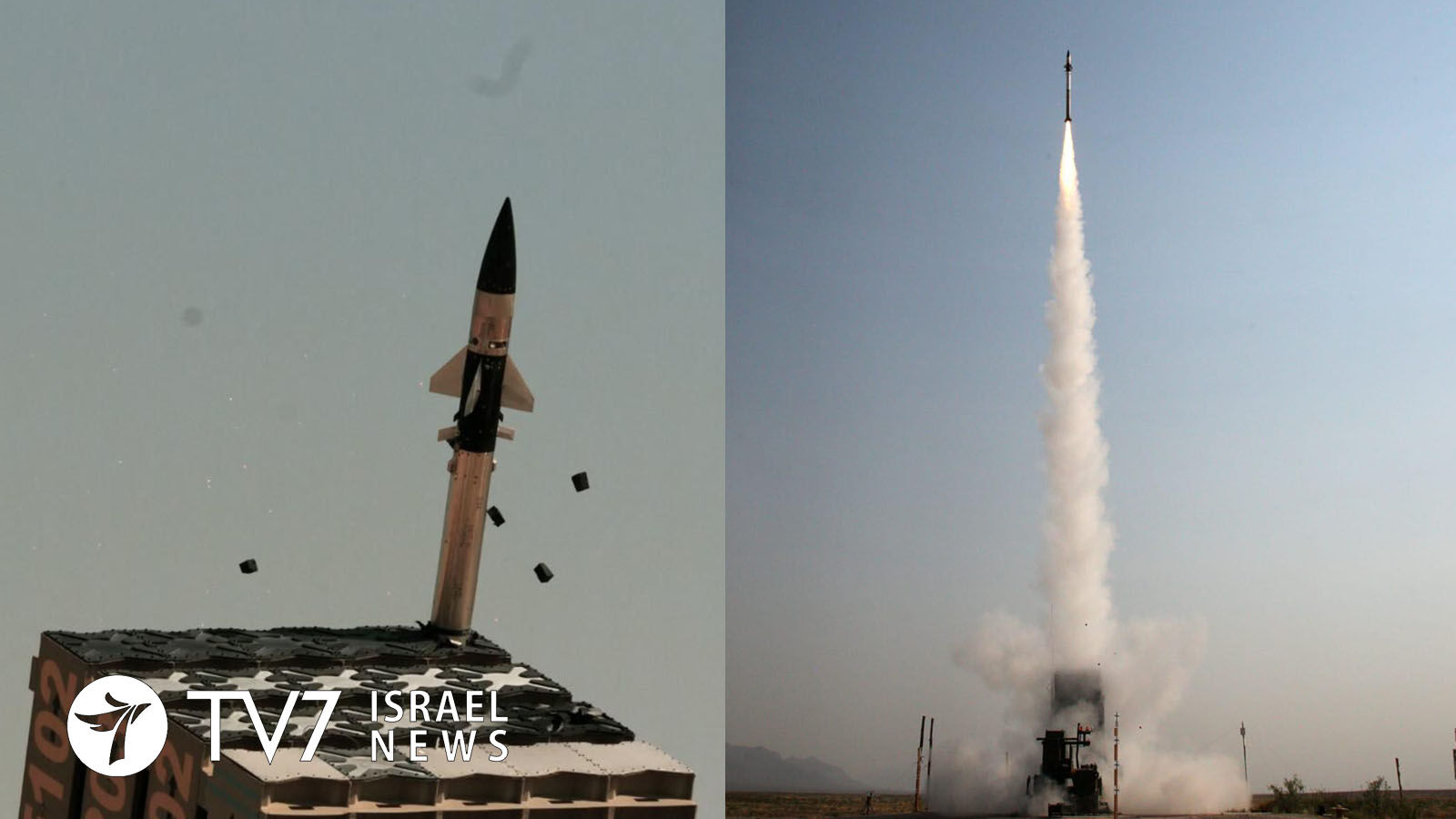In conjunction with the Ministry of Defense Israel Missile Defense Organization (IMDO), the United States Army “took a critical step toward fielding the first of two Iron Dome Defense System-Army (IDDS-A) batteries.
By Erin Viner
IDDS-A will defend supported forces within fixed and semi-fixed locations against sub-sonic Cruise Missiles (CM), Groups 2&3 Unmanned Aircraft Systems (UAS), and rockets, artillery, and mortar threats,” according to a statement from the Israeli Ministry of Defense (IMoD) Spokesperson’s Office.
The Iron Dome, which was inaugurated in 2011, is loaded with 10 kg (just over 24 lb) of explosives with the ability to intercept incoming airborne threats at a distance ranging between four and 70 km (about 4.5 mi).
The US Army in purchased two Iron Dome batteries from Israel in 2018 as an interim CM defense solution for an Indirect Fire Protection Capability (IPC) until a permanent system is established. So far, one of the IDDS-A has reportedly been stationed in Guam since the autumn of 2021. The US Army is planning to continue the acquisition of an enduring Indirect Fire Protection Capability (IFPC) Inc2 system to provide significant capability to counter threats posed by sub-sonic CM, Groups 2&3 Unmanned Aircraft Systems, rockets, artillery and mortars.
The IDDS-A test was conducted at White Sands Missile Range at a military base in the US state of New Mexico, where American troops of the 3-43 Air Defense Artillery Battalion successfully detected, tracked and intercepted multiple CM and UAS surrogate targets, said the IMoD.
“It’s important to understand that implementation for the US is about the ability to integrate this system into our air defense picture,” said US Army’s Air and Missile Defense (AMD) and Cross-Functional Team (CFT) Director Maj. Gen. Brian Gibson.
IMDO Director Moshe Patel revealed that this was the second interception test since both batteries were supplied to the US Army at the end of 2020. “In this test as well, the system intercepted all the threats, while being interoperable with US systems,” he said.
“Once again, the Iron Dome has proven its effectiveness and operational capabilities in combat scenarios,” said IDF Brig. Gen. (Res.) Pini Yungman, who is the Executive Vice President and Head of the AMD Directorate at Israel’s Rafael Advanced Defense Systems Ltd., which helps manufacture Iron Dome.
The IMDO in the Directorate of Defense Research and Development leads the development of Israel’s multi-tiered air defense array, which include the Iron Dome, David’s Sling capable of intercepting tactical ballistic and medium-to long-range missiles in addition to CM between 40 – 300 km away (about 25-186 mi), in addition to the Arrow 2 and Arrow 3 weapon systems (AWS) capable of intercepting ballistic missiles outside of the Earth’s atmosphere.
The IDDS-A test comes just two weeks after the US Marine Corps carried out a successful test of the Iron Dome’s Tamir intercepting missile, known as SkyHunter in the US, at the same range. The Tamir is able to downCM, unmanned aerial systems, rockets, artillery and mortars.
